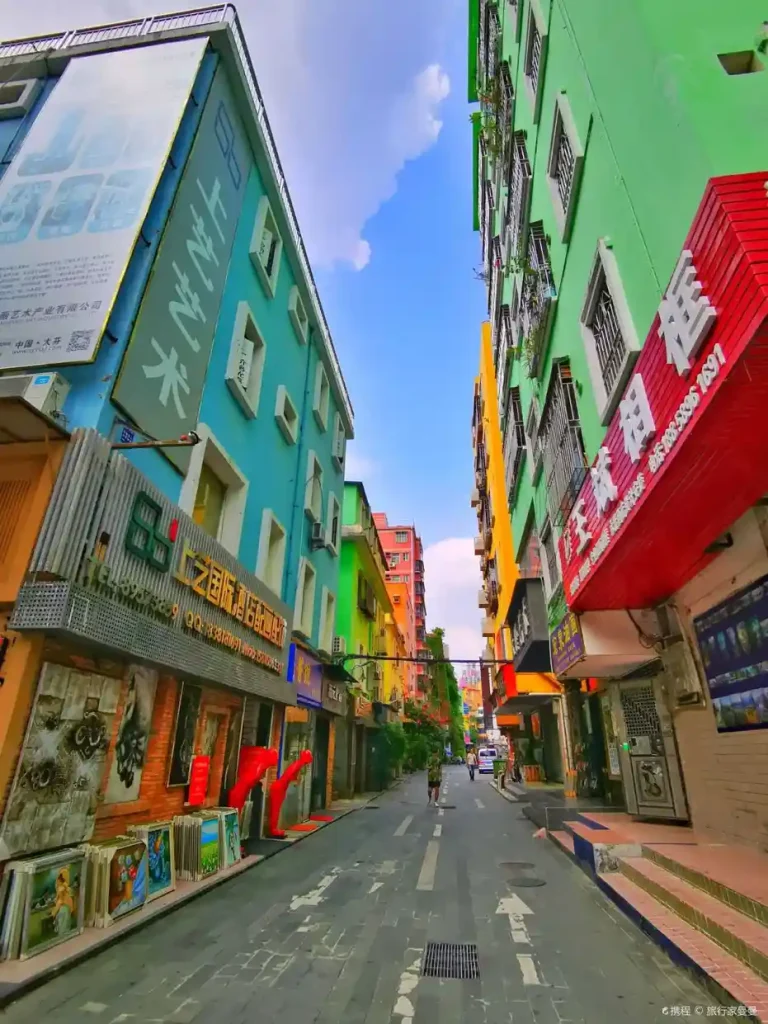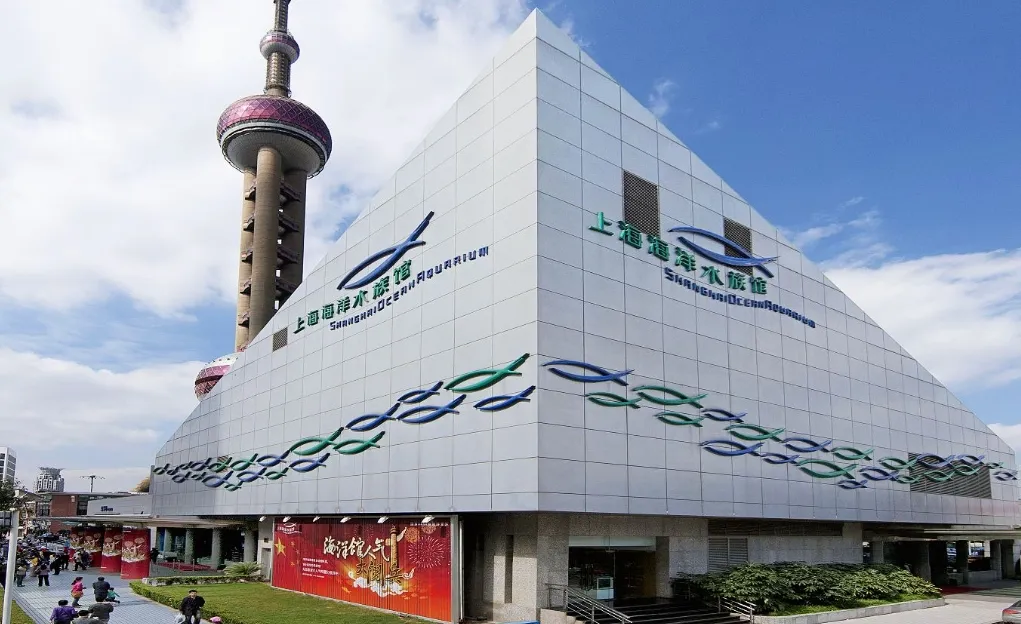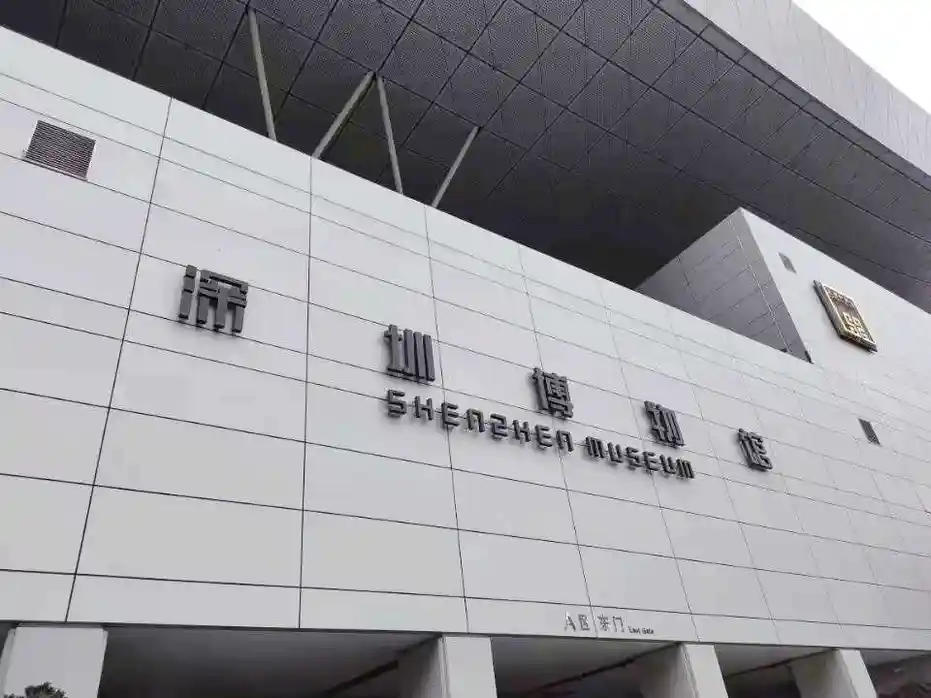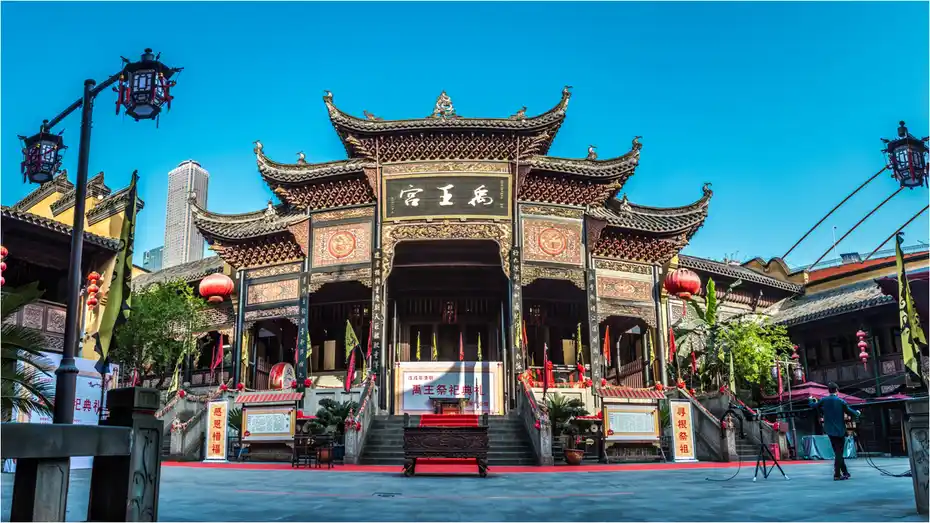Introduction
Shenzhen Dafen Oil Painting Village is more than just a tourist destination. It’s a cultural hub where art, commerce, and craftsmanship converge. Located in the bustling city of Shenzhen, this unique village has transformed from a small rural settlement into a global center for oil painting production.
Every year, thousands of visitors, collectors, and artists travel to this vibrant community. They come to witness the creation of masterpieces, purchase affordable art, or simply explore a place where creativity flows through every alley.
This guide will walk you through the history, significance, and visitor experience of Dafen. Whether you’re an art lover, a curious traveler, or a potential buyer, you’ll find valuable insights to make the most of your visit.
From its humble beginnings to its current status as an art export powerhouse, Dafen tells a story of innovation and resilience. Let’s dive into what makes this village a must-see in southern China.
The Origins of Dafen Village
Dafen Village began as a quiet Hakka farming community in the 1980s. Its transformation started in 1989 when a Hong Kong businessman named Huang Jiang saw its potential.
He brought in artists to replicate Western oil paintings for international markets. These reproductions were sold globally, from Europe to North America. The business model was simple but effective: skilled painters recreated famous works at a fraction of the original cost.
Over time, Dafen became known for its high output and consistent quality. By the early 2000s, the village housed hundreds of studios and employed thousands of painters.
What began as a replication hub gradually evolved. Artists started creating original works, and the village gained recognition beyond mass production.
Today, Dafen stands as a symbol of China’s growing influence in the global art industry. Its journey reflects how tradition and modernity can coexist in creative spaces.
Why Shenzhen Dafen Oil Painting Village Stands Out
Among art districts worldwide, Shenzhen Dafen Oil Painting Village holds a unique position. It combines large-scale production with artistic innovation.
Unlike traditional art colonies that focus on individual expression, Dafen operates like a living ecosystem. Artists, suppliers, galleries, and exporters all work in close proximity.
The village produces millions of paintings annually. Many are replicas of Western classics—think Van Gogh, Monet, or Da Vinci. But original contemporary pieces are also on the rise.
Another distinguishing factor is affordability. A hand-painted oil canvas can cost as little as $20, making art accessible to a broader audience.
Moreover, the government has invested in infrastructure and cultural programs. This support has helped Dafen transition from a factory-like model to a creative cultural zone.
Its blend of commerce and artistry makes it a fascinating case study in modern art production.
How to Visit Dafen Oil Painting Village
Planning a trip to Dafen? Here’s what you need to know. The village is located in Longgang District, Shenzhen, about 30 minutes from the city center by metro.
Take Line 3 to Dafen Station. Exit B leads directly into the heart of the art district. The area is compact and walkable, perfect for a half-day visit.
The best time to go is weekday mornings or late afternoons. Weekends can be crowded with tourists and buyers.
Most studios are open from 9:00 AM to 6:00 PM. Some artists work on commission, so you can request custom sizes or styles.
Bring cash and a light bag—many visitors leave with one or more paintings. Also, don’t hesitate to ask about the artist’s background. Many are trained professionals with years of experience.
A visit here isn’t just shopping—it’s an immersive cultural experience.
Inside the Art Studios of Dafen
Walking through Dafen feels like stepping into a living art factory. Narrow lanes are lined with small studios, each filled with canvases in various stages of completion.
Inside, painters work at wooden easels, brushes in hand. Some focus on photorealistic portraits, others on impressionist landscapes. Music often plays in the background, adding to the creative atmosphere.
Most artists specialize in specific styles or subjects. One studio might focus on Renaissance reproductions, while another creates modern abstracts.
Materials are readily available. Shops sell brushes, paints, canvases, and frames. Prices are low due to bulk sourcing and local manufacturing.
A typical painter may complete 3–5 medium-sized works per day. Quality varies, but many pieces are impressive for their price point.
You can watch artists at work, take photos, and even commission a piece on the spot. It’s a rare chance to see art production up close.
What You Can Buy in Dafen Village
Dafen offers a wide range of artwork for every taste and budget. Whether you want a classic reproduction or a one-of-a-kind original, you’ll find it here.
Popular categories include:
- Classic reproductions (e.g., Starry Night, Mona Lisa)
- Custom portraits (from photos)
- Abstract and modern art
- Religious and decorative pieces
- Seasonal and themed paintings (e.g., Christmas, cityscapes)
Prices depend on size, complexity, and whether the piece is hand-painted or machine-assisted.
Here’s a general price guide:
| Size | Type | Price Range (USD) |
|---|---|---|
| 12×16 in | Hand-painted | $15–$30 |
| 24×36 in | Hand-painted | $40–$80 |
| Custom portrait | Medium size | $50–$100 |
Negotiation is common, especially for bulk purchases. Always inspect the painting for brushwork quality and frame finish before buying.
The Role of Dafen in Global Art Markets
Dafen Oil Painting Village plays a surprising role in the international art economy. It’s estimated that over 60% of the world’s hand-painted oil reproductions originate here.
These works are shipped to countries like the U.S., Germany, Australia, and the UAE. They decorate hotels, offices, and homes where original art is too expensive.
While some critics dismiss Dafen as “mass-produced,” others see it as democratizing art. It allows people from all income levels to own hand-painted pieces.
In recent years, the village has also started exporting original artworks. Chinese artists based in Dafen are gaining recognition abroad.
E-commerce platforms have boosted this trend. Artists now sell directly through global marketplaces, bypassing traditional galleries.
Dafen’s model challenges the notion that art must be rare or expensive to be valuable.
Challenges and Controversies
Despite its success, Dafen faces several challenges. One major issue is copyright. Many paintings replicate famous works without permission.
While this is common practice, it raises legal and ethical questions—especially when sold internationally. Some countries have strict IP laws that could affect exports.
Another challenge is market saturation. With so many studios competing, profit margins have shrunk. Younger artists often struggle to make a living.
Additionally, automation is changing the industry. Some studios now use printed canvases with hand-finished details, blurring the line between handmade and machine-made.
There’s also pressure to innovate. As global tastes shift, Dafen must balance tradition with originality to stay relevant.
Art Exhibitions and Cultural Events
To promote original art, Dafen hosts regular exhibitions and cultural events. The annual Dafen Original Oil Painting Exhibition is a major highlight.
It showcases new works by local artists and attracts curators from across China. Prizes and recognition help emerging talents gain visibility.
Other events include:
- International Art Festivals
- Painter Exchange Programs
- Workshops for tourists and students
- Live painting competitions
These activities help shift the village’s image from a production hub to a creative center.
Public spaces are often decorated with murals and sculptures. Some alleys function as open-air galleries, enhancing the visitor experience.
Cultural events also strengthen community ties among artists and business owners.
Tips for Buyers and Collectors
If you’re considering buying art from Dafen, keep these tips in mind.
First, determine your purpose. Are you buying for decoration, investment, or gifting? This will guide your choice.
Look for studios with clean workspaces and well-organized canvases. These often indicate higher standards.
Ask whether the painting is fully hand-painted or uses printed underlayers. Full hand-painting typically costs more but offers better texture and detail.
For custom work, provide clear reference images. Most artists can work from digital photos, including pets or family portraits.
Finally, consider shipping. Some shops offer international delivery, but fragile canvases may require special packaging.
With a little care, you can bring home a high-quality piece at a great price.
Conclusion
Shenzhen Dafen Oil Painting Village is a remarkable blend of art, industry, and culture. From its origins as a small replication hub, it has grown into a global player in the art market.
Visitors are drawn not only by affordable paintings but by the chance to witness art in motion. The energy of the studios, the skill of the painters, and the vibrancy of the streets make it a unique destination.
While challenges like copyright and competition remain, Dafen continues to evolve. Investments in original art and cultural events are shaping its future.
For travelers, collectors, or art enthusiasts, a visit to Dafen offers more than souvenirs—it offers insight into how art is made, sold, and shared in the modern world.
Plan your trip, engage with the artists, and take home a piece of this extraordinary village. Dafen isn’t just about painting—it’s about the enduring power of human creativity.



